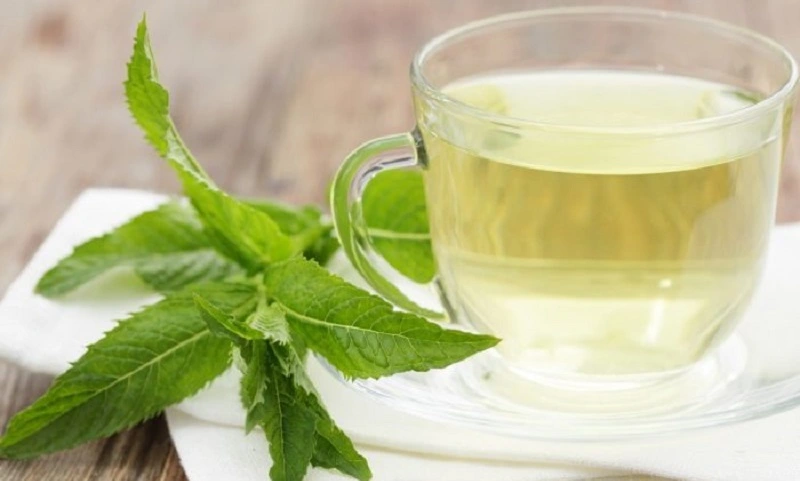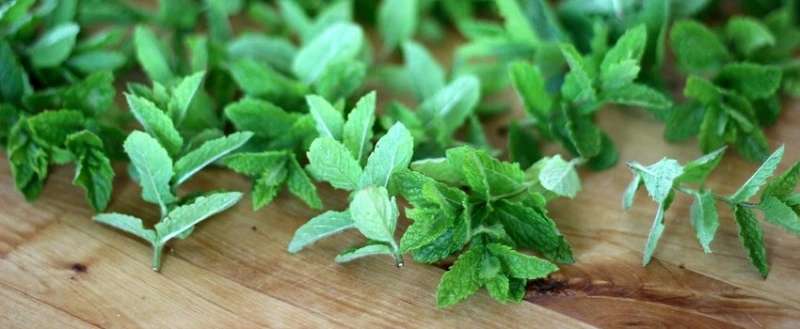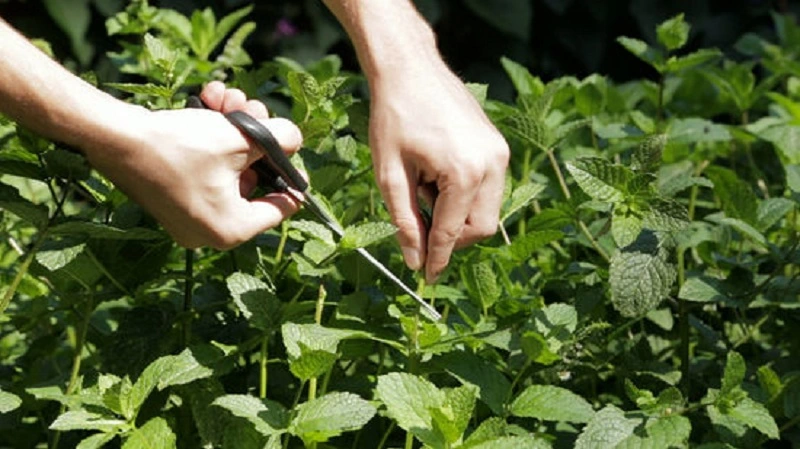After planting mint on the site or in a pot, then you need to know when to collect it and how to store it properly to preserve its properties. This is our article.
How and when to collect peppermint
It is very important to collect medicinal plants at the time when they are most saturated with essential oils. This moment occurs at the beginning of flowering, usually from mid-July to early August. Young mint has no medicinal value and is not suitable for harvesting. It is good only in fresh form, as a fragrant additive for tea or desserts.
Raw materials should be collected by cutting the twigs along with the flowers. This should be done only in dry and preferably cloudy weather. If the bright sun shines day after day, it is better to collect early in the morning or at sunset. Morning collection should begin only after the dew has finally dried.
If you collect wild mint, the place of collection should be environmentally friendly, ie located away from highways, landfills and industrial plants.
When the plant has a lot of dust on it, it should be thoroughly shaken, but never washed. Wet raw materials cannot be dried properly so that they do not mold and darken.

Green tea with mint – a recipe
Take porcelain or glassware, pour 1 tsp. green tea and add a couple of sprigs of fresh mint (you can use dried mint), pour hot water.
Infuse for 10 minutes. You can add lemon and honey to taste.
How to dry mint
Even if you collected the raw materials at the right time, it still needs to be properly dried so as not to lose all valuable properties.
You can dry mint in two ways
Twigs whole or only leaves.

To dry the cut stems of mint, they should be tied in several pieces in loose bundles and hung under a canopy or in the attic, ie in a place where good ventilation and no direct sunlight. The latter have a detrimental effect on essential oils, completely nullifying all the medicinal value of the finished raw material.
To dry the mint leaves, they are carefully separated from the stem at the beginning of flowering and spread in a small layer on cardboard or heavy paper. Conditions for quality drying are the same: no sunlight and good ventilation.
An additional factor is the inevitable periodic mixing of raw materials to prevent mold.

It is strongly recommended not to use thermal methods for drying (dryers, ovens, ovens), as in conditions of high temperature all essential oils evaporate, and the raw material loses flavor and medicinal value.
The finished raw material must retain its green color and characteristic aroma.
Storage of mint
For storage of mint (in bunches or leaves) use only such container which is well ventilated. These can be bags made of fabric or paper, cardboard boxes, wooden or clay containers. Glass jars are also suitable, if their lid does not fit very tightly. But plastic containers or plastic bags should not be used, as they quickly cover the grass with mold and spoil.
Sometimes dried mint is ground into a powder for easy storage, but it is better not to do so.
In this form, the grass loses its unique odor much faster, and with it the useful properties.
When stored properly (in a dark, cool and dry place), mint retains its valuable qualities and remains fragrant for two years.

